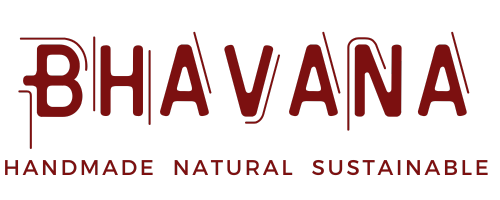Natural Dye
Bhavana Handlooms is proud to present Naturally dyed collections for Spring 2023. Our Uttarakhand Handlooms, Pashmina and Woolen stoles, Shibori and Eco Print collections are all available with 100% Natural dye. We are partnering with several Natural dye houses located in the Himalayas; as well as in Kerala, South India.
In the past, we have done several collections with Natural dye. Devendra Handloom, Khadi, and Hand Painted Kalamkari to name a few and are excited to promote more collections with Natural dye this year!
Natural dyes are a nontoxic alternative to conventionally used synthetic dyes that are causing irreversible damage to the planet.

Traditionally, the use of plant-based dyes was common in the Himalayas. Bhotias, a native tribe in particular, used a number of plants to dye wool for shawls. However, over the years, as chemical dyes have become popular, the use of natural dyes has declined. We have partnered with “Himalayan Weavers”, who promote the efforts to revive the use of natural dyes. A number of plant-based dyes such as madder, indigo and Tesu flowers are used to obtain a wide range of colors and in fact, results in vibrant colors. They are dyed by hand in the Himalayas using a batch process, in which only a very small quantity of material is dyed at a time by hand. They use the following natural dyes
Madder (Rubia Cordifolia)
Indigo (Indigofera Tinctoria)
Shellac (Laccifer Lacca)
Tesu Flowers (Butea Monosperma)
Sappanwood (Caesalpinia Sappan)
Harada (Terminalia Chebula)
Tea (Camellia Sinensis)

We are also proud to partner with “Aranya Naturals” , established in 1994. They are a Natural Dye House who Dyes textiles produced by weavers across India in Natural dyes collected from plants & sourced from native sources and also enrich the fabric with block prints, tie & dye, eco-printing & Shibori Techniques. The forests of Munnar are their paint box, providing the palette of colors used to paint from in the dye making process. The specially-abled artists at the DyeHouse have been trained by the world renowned Experts on Natural dyeing.Their textiles are dyed in Natural dyes and effluent is treated and recycled for use in the gardens. They Recycle, Up-cycle and adopt ethical & sustainable methods while creating the textiles. They use the following natural dyes

Indigo
Pomegranate shells
Kadukka or Catechu
Manjistha
Tea Waste
Eucalyptus leaves
Eupatorium or Nilagiri Kozha
Mulberry leaves
Lemon grass
Turmeric

Eco-Printing is the technique in which the flowers, leaves, berries and stems transfers their imprints on to the fabric by the process of steaming.This process is a one-of-a-kind art where no two pieces can be similar.


